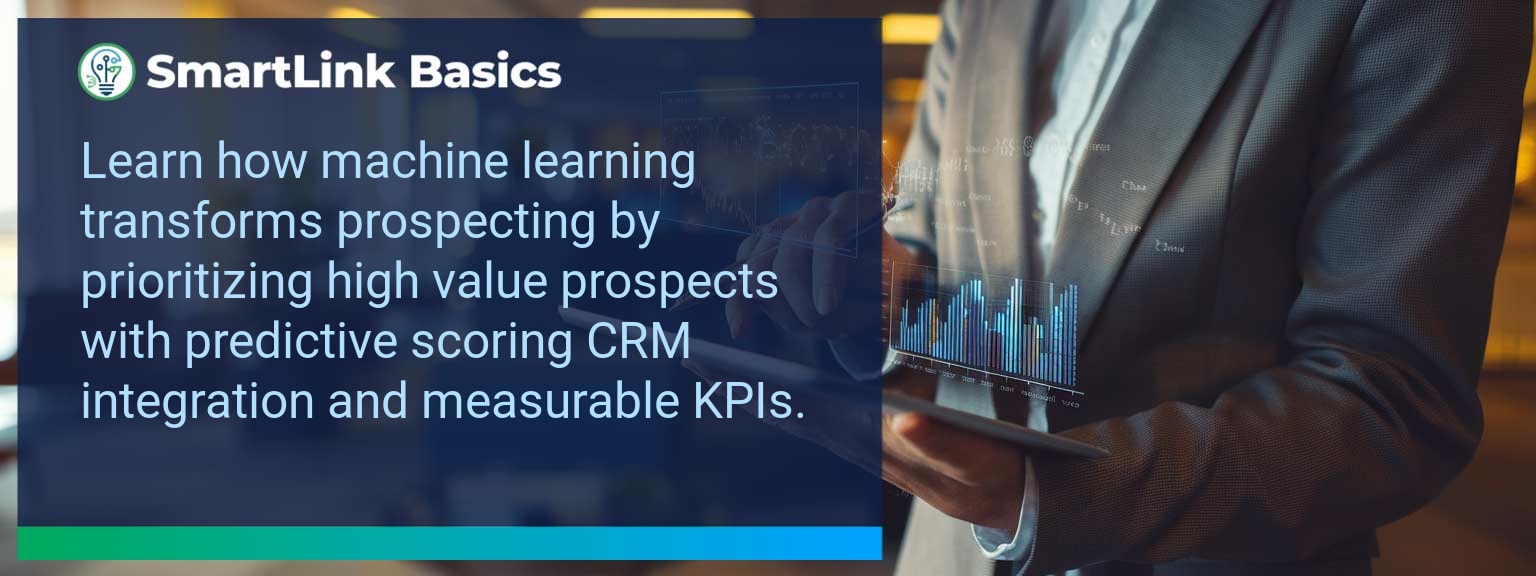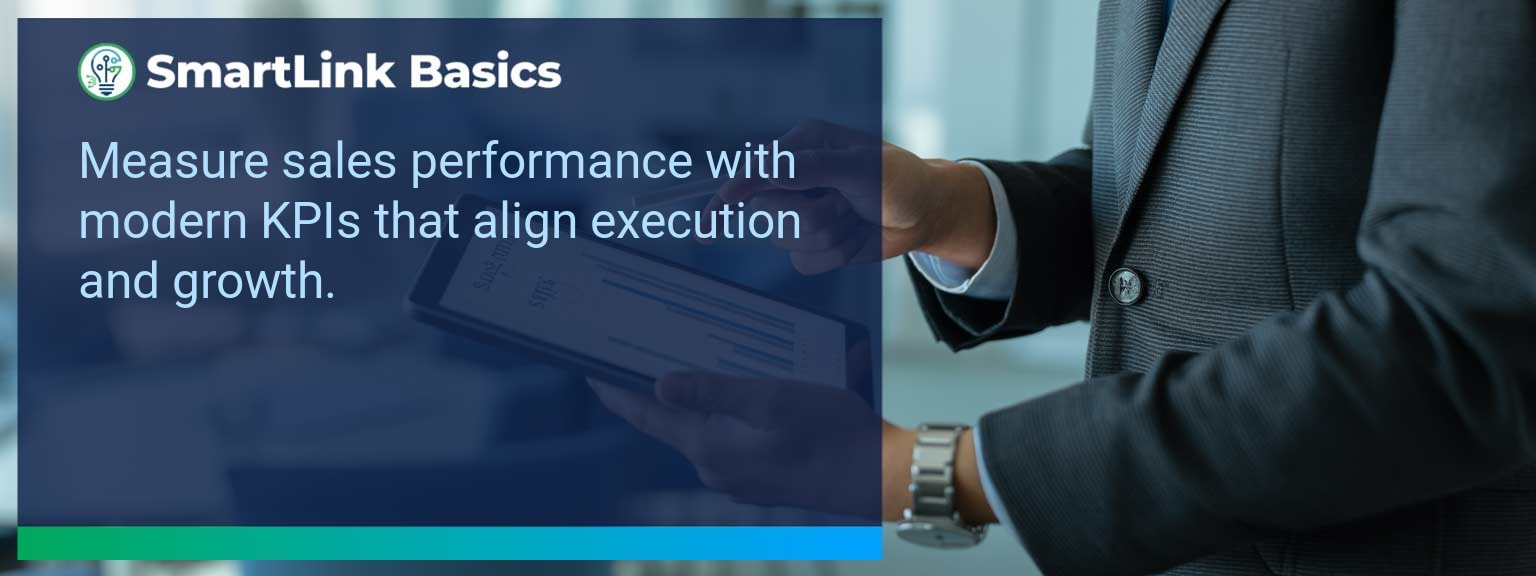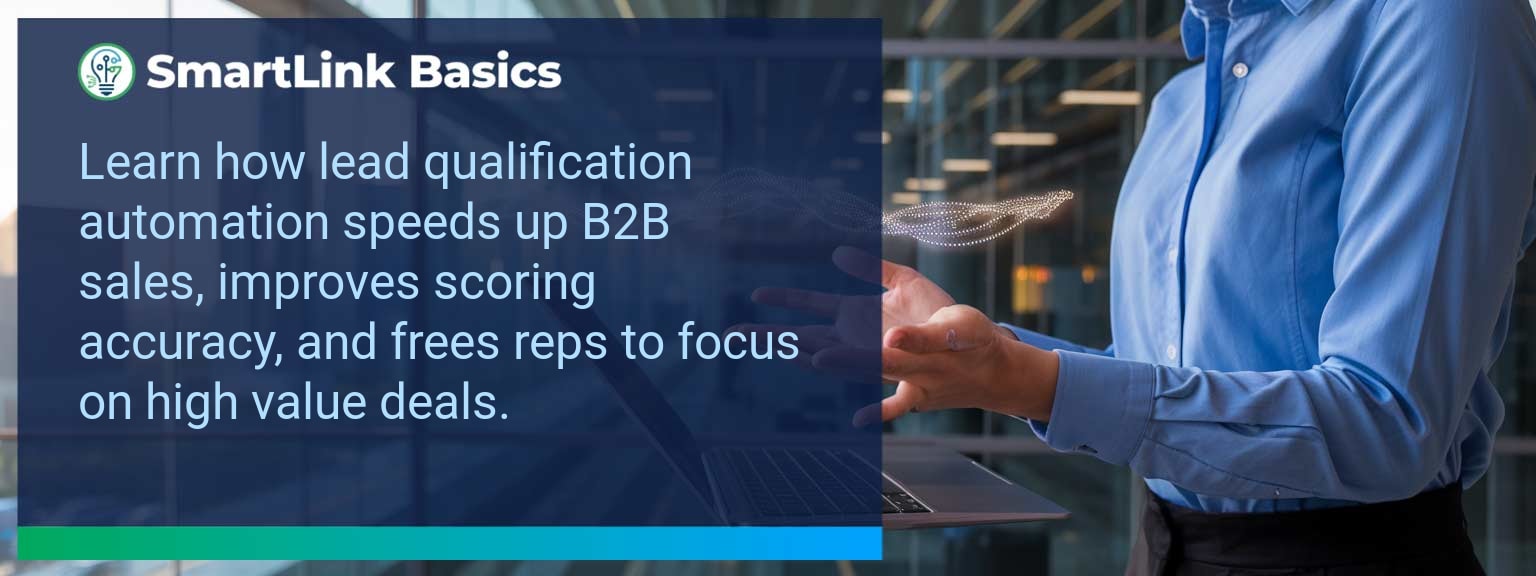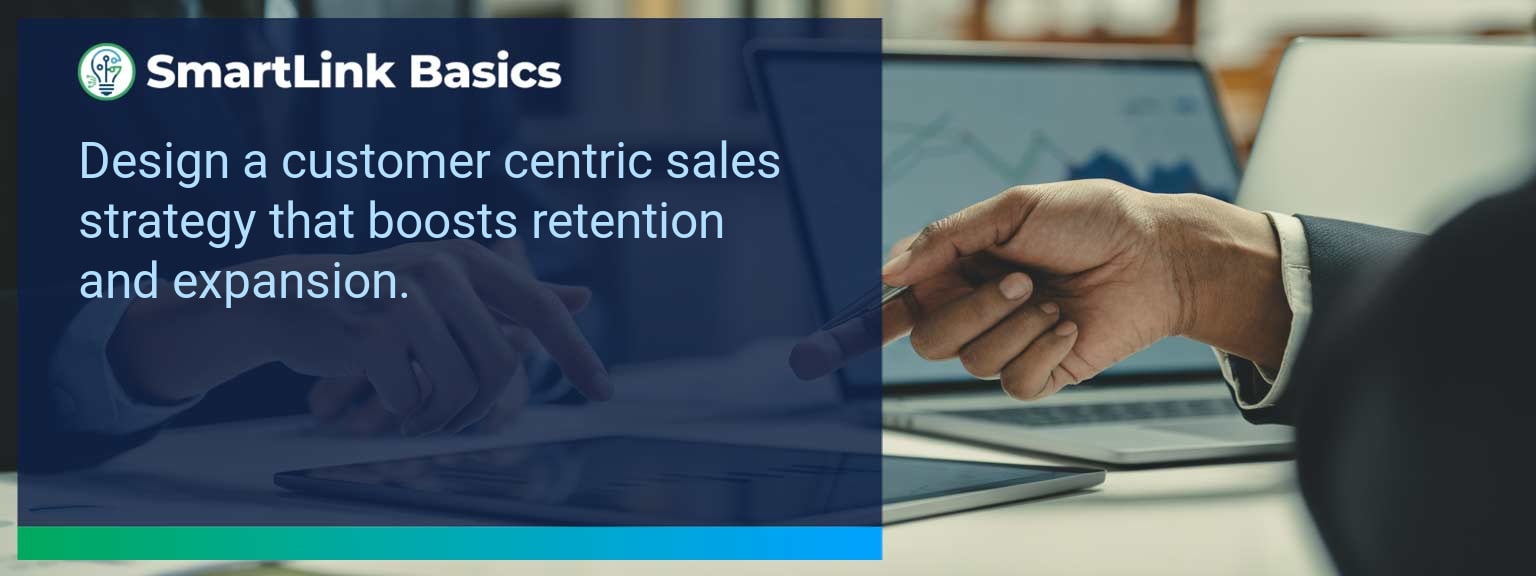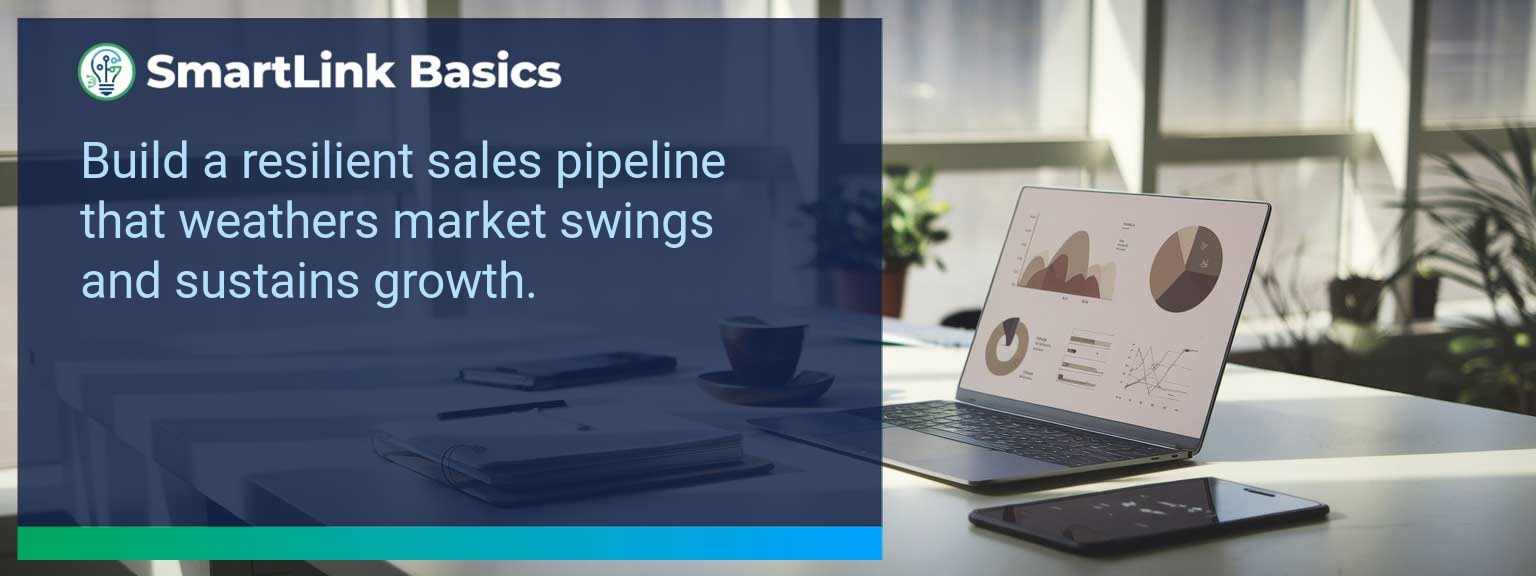Industry data shows that organizations adopting AI-driven automation achieve cost reductions of up to 30% while accelerating sales cycles by 20% or more (McKinsey, 2024). For sales leaders, AI automated workflows now define competitive advantage, enabling teams to reallocate time from repetitive tasks to high-value engagements. At SmartLink Basics, we help decision-makers implement these systems strategically, ensuring they integrate with existing revenue operations. In this article, you’ll see how AI automated workflows power business outcomes, the common obstacles that slow adoption, and practical steps to optimize processes. You’ll walk away with proven examples, a 90-day action blueprint, and measurable KPIs to track results.
- Automate repetitive administrative and CRM updates with AI.
- Integrate machine learning to personalize outreach at scale.
- Streamline approvals, quotes, and contract workflows for speed.
- Use predictive analytics to prioritize sales opportunities.
- Track adoption and performance with targeted metrics.
AI Automated Workflows: What Changed and Why It Matters
AI adoption has shifted from experimental to operational, making automated workflows a standard in high-performing sales organizations. The real advantage lies in combining workflow automation with artificial intelligence workflows to optimize every step of the revenue process. Sales leaders now use AI to synchronize touchpoints, reduce manual inputs, and ensure faster execution. For example, a B2B SaaS leader introduced automated lead enrichment and routing, cutting qualification time by 60%. Actionable insight: Audit processes for time-intensive handoffs and apply AI where repeatability is high.Redesign the Revenue Operating System With AI Automated Workflows
ICP, Segmentation, and Targeting AI-enabled segmentation uses historical wins, firmographic, and behavioral data to dynamically update ICP profiles. This ensures targeting precision without quarterly re-work. Pipeline Architecture Automated workflows push opportunities through the right stages based on engagement signals. AI flags at-risk deals for intervention. Plays and Messaging Integrated automation tools deliver personalized sequences based on buyer activity, increasing relevance at every touchpoint. Operating Cadence AI schedules follow-ups, forecast calls, and account reviews based on actual pipeline movement rather than static calendars. Actionable insight: Implement automation that adapts in real-time to both internal and buyer-driven events.Common Obstacles To Achieving Seamless Automation
The most frequent challenges are fragmented systems, inconsistent data quality, and cultural resistance. Without a unified data layer, automation amplifies errors rather than solving them. Coca-Cola Europacific Partners reported needing a full data governance upgrade before AI could improve sales workflows. Leaders must first assess infrastructure readiness and train teams to trust AI-influenced recommendations. Actionable insight: Before deployment, establish clean data practices and a single source of truth.Implementing AI To Optimize Workflows
Effective deployment of AI process optimization starts with mapping current-state processes, identifying friction points, and matching them with automation tools. For example, automating proposal generation based on CRM opportunity data can reduce turnaround from three days to one hour. Solutions combining business process automation platforms with machine learning integration enable continuous performance improvement. Actionable insight: Pilot in one high-impact stage, measure, and then expand.Tangible Benefits From Automated Processes
The benefits extend beyond time savings — sales leaders gain a scalable system. Tangible outcomes include faster quote-to-close, higher lead conversion, and better forecast accuracy. A manufacturing firm implemented AI-assisted order processing and cut errors by 40%, improving on-time delivery rates. Actionable insight: Track both speed and accuracy to measure workflow automation effectiveness.Metrics That Matter
| Category | Metric | Definition | Target |
|---|---|---|---|
| Leading | Workflow Completion Rate | % of automated sequences executed without manual intervention | 95%+ |
| Leading | AI Suggestion Adoption Rate | % of AI-generated action recommendations executed by reps | 80%+ |
| Lagging | Cycle Time Reduction | Decrease in time from lead entry to closed-won | 20%+ |
| Lagging | Revenue Per Rep | Average sales revenue generated per sales rep per quarter | +15% YoY |
| Quality | Automation Error Rate | % of workflows that trigger incorrect outcomes | <1% |
| Quality | Customer Satisfaction Post-Automation | Average CSAT score after automation implementation | ≥ 4.5/5 |
Innovations And Next Steps For AI Automation
Emerging capabilities like AI-generated playbooks, intent-driven dynamic routing, and integrated AR for virtual product demos are shaping the next wave of sales automation. Companies integrating these tools early will outpace competitors in speed and personalization. Actionable insight: Stay ahead by testing emerging automation features quarterly and aligning them with evolving buyer expectations.Get the 90-day plan, coaching rubric, and dashboard template to operationalize AI in your enablement program.
Turning AI Automation Into a Revenue Multiplier
AI automated workflows are now a strategic lever for predictable, scalable growth. This guide outlined current applications, adoption challenges, a 90-day execution plan, and measurable success criteria. To make automation pay off, sales leaders should integrate tools into one cohesive operating system and review results monthly for continuous improvement. Access more AI-driven sales enablement resources from SmartLink Basics to design a high-performance automation strategy. High-performing sales teams rarely achieve success by chance. They thrive under leaders who combine clear direction, strategic alignment, and disciplined execution. At SmartLink Basics, we have seen how precise sales leadership strategies can determine whether a sales team consistently exceeds targets or struggles with inconsistency. With competition intensifying in nearly every market, sharpening leadership skills is no longer optional. This article explores practical, proven leadership techniques that improve sales performance, strengthen team accountability, and sustain growth. You will gain actionable methods to refine your leadership approach, overcome barriers, and prepare your sales organization for future opportunities.- Clarify vision and objectives to align the sales team.
- Implement structured sales coaching to develop talent.
- Optimize sales processes for efficiency and impact.
- Track leading and lagging metrics to guide decisions.
- Foster a performance culture with accountability and recognition.
What Changed And Why Sales Leadership Strategies Matter Now
The role of the sales leader has expanded beyond managing quotas and reviewing pipelines. Today’s sales leader must orchestrate team capabilities, technology integration, and market strategy with equal precision. Misalignment between leadership actions and sales team execution can erode performance quickly. For example, a technology firm improved win rates by 18% within six months after refining leadership communication and redefining role expectations across its sales divisions. Clear strategy-driven leadership builds a foundation for predictable growth.Obstacles That Sales Leaders Face Today
Sales leaders commonly face challenges such as inconsistent sales execution, limited visibility into leading performance indicators, and difficulty sustaining motivation in remote or hybrid teams. These issues often stem from fragmented processes and a lack of unified direction. A mid-market B2B company struggled with forecast accuracy due to inconsistent selling motions across regions. Leadership intervention, through standardized pipeline stages and regular deal reviews, reduced variance by 23% in one quarter. Leaders who address these systemic gaps quickly restore competitive advantage.Implementing Proven Leadership Strategies
An effective approach begins with solid foundations: defining target markets with precision, constructing clear pipeline architecture, reinforcing plays through consistent messaging, and establishing a predictable operating cadence. ICP, Segmentation, and Targeting: Pinpointing high-value customer profiles ensures sales resources focus on the best opportunities. Pipeline Architecture: Structuring deal stages and qualification standards brings clarity and improves forecast accuracy. Plays and Messaging: Equipping teams with consistent, customer-centric narratives increases conversion rates. Operating Cadence: Regular performance reviews and coaching sessions maintain accountability and momentum.Measurable Improvements In Team Performance
Strong leadership in sales consistently produces faster revenue growth and higher retention of top performers. By tracking both leading indicators—like prospecting activity and pipeline creation—and lagging indicators—such as closed revenue—leaders can identify coaching needs early. A SaaS company that implemented structured deal coaching saw average deal size grow 12% and cycle time drop by 15% over two quarters. Measurement validates progress and guides further adjustments.| Category | Metric | Definition | Target |
|---|---|---|---|
| Leading | Qualified Pipeline Coverage | Ratio of pipeline value to quota | 3x Quota |
| Lagging | Revenue Achievement | Percentage of quota attained | 100%+ |
| Quality | Win Rate | Closed-won deals vs. total opportunities | >30% |
Preparing For The Next Era Of Sales
Tomorrow’s sales leaders will need agility to adapt to shifts in buyer behavior, competitive models, and market conditions. Proactive investment in team development, scalable processes, and technology-enhanced selling will be vital to stay ahead. Leadership that anticipates change instead of reacting to it will ensure sustained top-line growth and market presence.Get the 90-day plan, coaching rubric, and dashboard template to operationalize AI in your enablement program.




